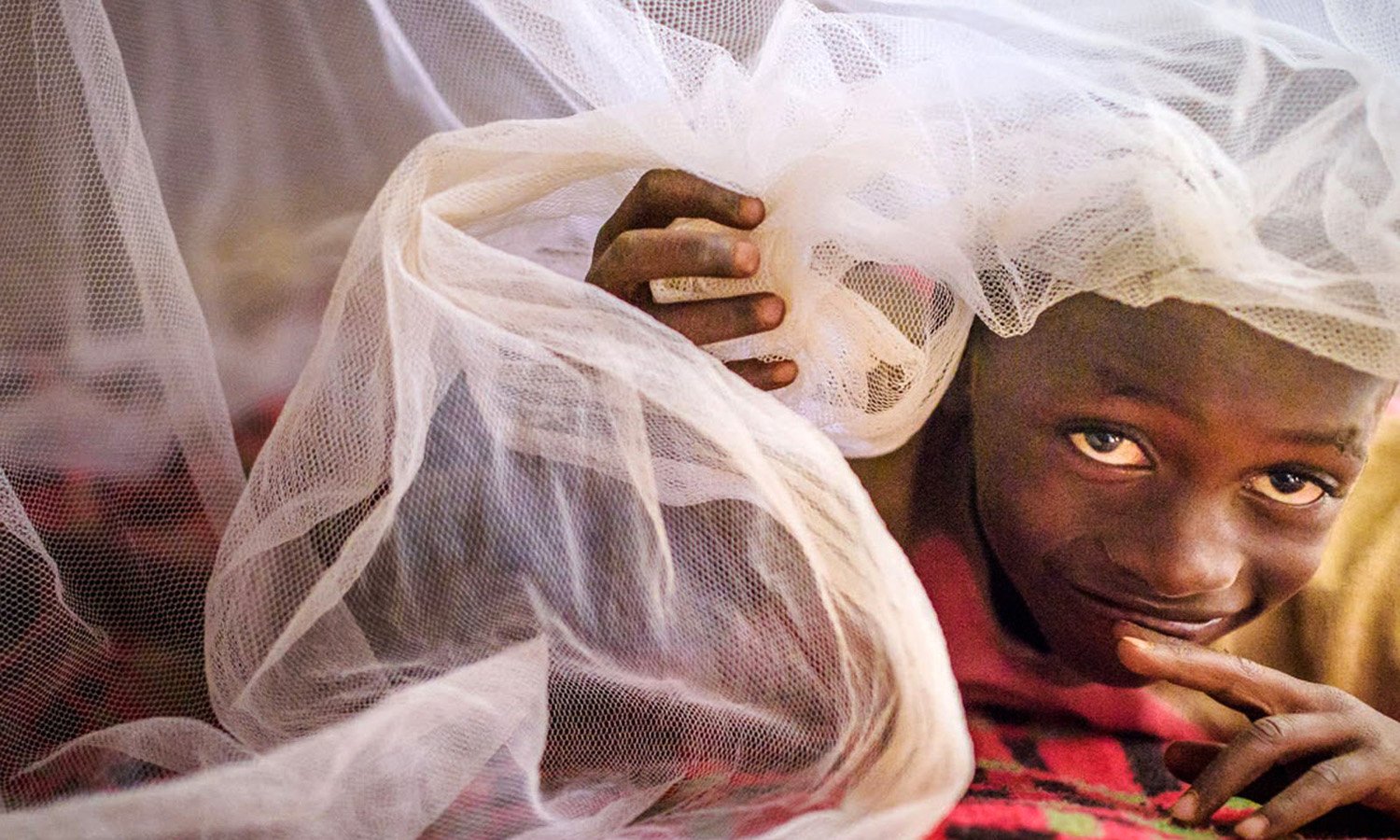Buganda, Ankole dominate radio share as Sebei, Karamoja lag behind

President Museveni appears on Mega FM in Gulu in 2017. PHOTO | FILE
What you need to know:
- Similarly, Mr Paul Bukenya, the acting EC spokesperson, was cagey on these guidelines, which he said can only be issued by the EC chairman.
- The access to media survey, conducted by Afrobarometer and released on August 14 in Kampala, shows that radio is the most used channel of communication by Ugandans to receive information.
The recently concluded elections for the top leadership of the National Resistance Movement (NRM) and the ongoing campaigns for the ruling party primary elections have set the pace for digital campaigns ahead of the 2021 General Election.
On June 16, the Electoral Commission (EC) chairman, Justice Simon Byabakama, while releasing a revised roadmap, announced a ban on open air campaigns and mass rallies as one of the measures to stop the spread of Covid-19 but ensure the polls are held as the law requires.
The NRM set the ball rolling on media campaigns and successfully held their national delegates conference between August 18 and August 21, which included televised campaign programme for the candidates who contested for top positions in the party’s Central Executive Committee (CEC).
But, with the general campaigns going to be done virtually, most of the candidates whose constituencies and electoral areas are upcountry, will have to book airtime on radio stations whereas their counterparts in Kampala and other cities have the chance of accessing both radio and TV.
Who owns the radios
Most of the radio stations, which are relatively cheaper channels of campaign for most parliamentary candidates, are privately owned.
However, in every region, politicians are either outright owners or are part of the directors.
The politicians, who include current ministers and MPs, dominate the tally of owners of radio stations across the country.
Other radio stations are also owned or run by business people and religious leaders whose decisions, the Opposition fear, may be influenced or dictated by these State actors.
With the majority of these radio and TV owners being NRM politicians, their counterparts in the Opposition fear they will not be accorded equitable share of prime time, unlike their competitors in the NRM.
But Mr Vincent Waiswa Bagiire, the permanent secretary in the Ministry of Information, ICT and National Guidance, said guidelines on the media campaigns have already been submitted to the EC.
“Our work as a ministry was to make a good write-up of what we think should be followed as guidelines when the radio and TV stations are hosting these campaigns,” Mr Bagiire, who declined to offer any details, said.
Similarly, Mr Paul Bukenya, the acting EC spokesperson, was cagey on these guidelines, which he said can only be issued by the EC chairman.
The access to media survey, conducted by Afrobarometer and released on August 14 in Kampala, shows that radio is the most used channel of communication by Ugandans to receive information. It shows that 79 per cent of Ugandans have a radio at home.
But where are the radios, TVs?
The Minister for Information, ICT and National Guidance, Ms Judith Nabakoba, in a report to Parliament on May 12, said the country has a total of 309 Frequency Modulation (FM) radio stations under the regulation of the Uganda Communications Commission (UCC).
Based on the minister’s report, this newspaper has disaggregated the data based on 15 sub-regions in the country from the 14 broadcasting regions clustered by UCC.
Kampala metropolitan area, which includes Wakiso District, has the highest concentration of radio stations.
Most of the 58 radio stations in Kampala have coverage that extends to most of the districts in central Uganda.
Buganda has 32 radio stations, with 17 of them located in Masaka District.
Mbarara District, with 18 radio stations alone dominates the spectrum in the Ankole sub-region, which boasts of 31 stations, whereas neighbouring Kigezi has 20, with 12 of them in Kabale Town.
Northern region
The northern part of the country has at least 60 radio stations, with 25 in Acholi sub-region, which is topped by Gulu City with 14 FM stations. Arua City tops the chart in West Nile with nine of the 20 stations.
In Lango, there are 15 stations 12 of which are in Lira City.
Fort Portal City boasts of 13, with Kasese following with four stations. Kitagwenda and Ntoroko are the only two out of the eight districts in Rwenzori that do not have a radio station.
Kabale District with 12 radio stations, takes the lion’s share of the 20 stations in Kigezi sub-region, while Bunyoro, with 18 stations, has six of them in Hoima City and four in Masindi Town.
Busoga sub-region
Ten districts in Busoga sub-region share at least 20 radio stations, with 13 located in Jinja City, whereas Mbale City has 17 of the 19 stations in Bugisu sub-region. Soroti City has six of the 13 stations in Teso sub-region.
The least served area is Sebei sub-region with only three stations and all located in Kapchorwa Town.
Bukedi has five stations with three of them in Tororo town; and, Karamoja has five with four in Moroto town.
TV stations
Uganda has more than 40 TV stations but most of them are located in Kampala and a few others in the country’s major towns.




